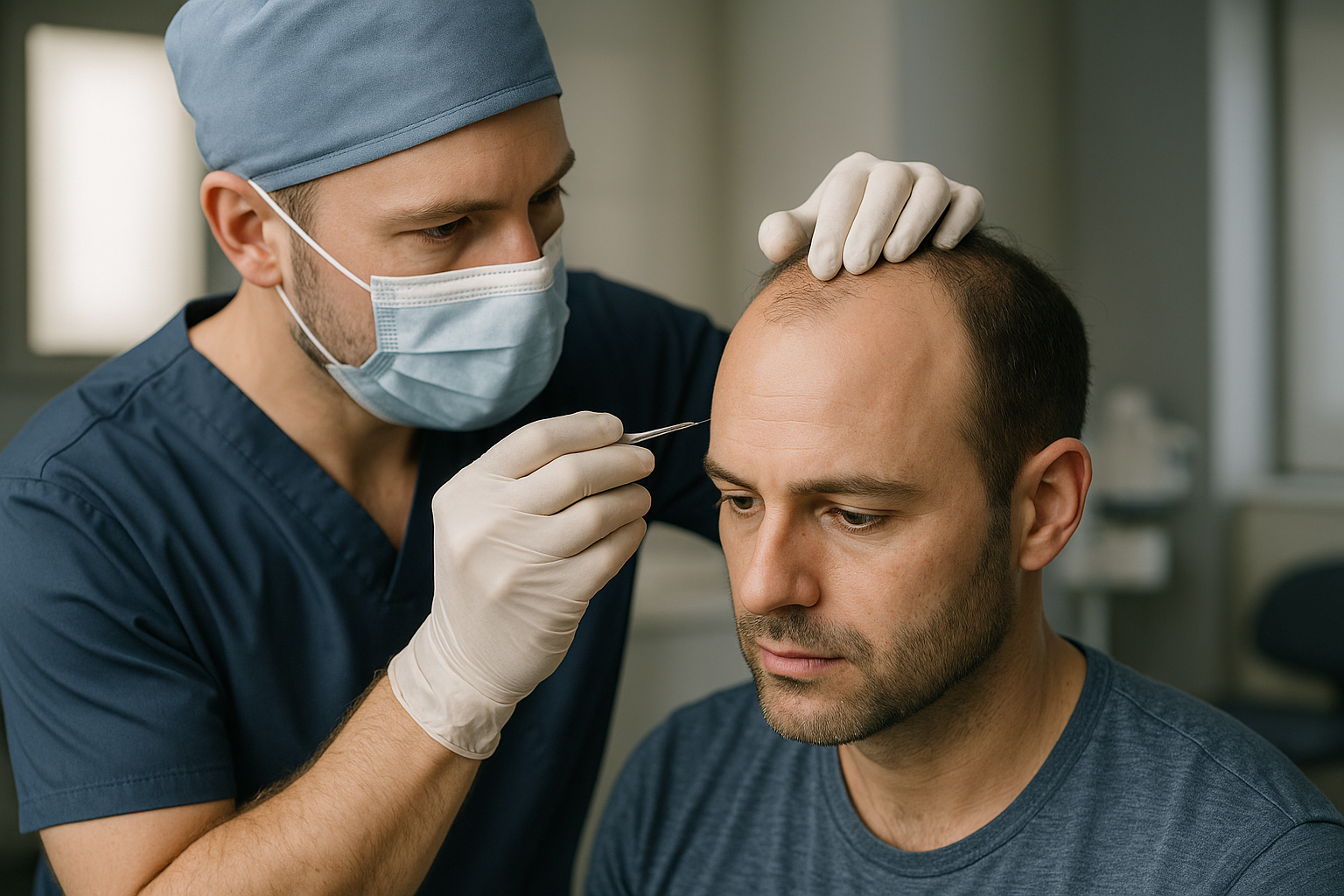Redefining Beauty and Fitness with Sound Therapy
The beauty and wellness industry is no stranger to innovation. As the demand for novel and effective treatments grows, so does the need for out-of-the-box concepts that deliver tangible results. One such emerging trend is sound therapy – an age-old practice being repurposed for the modern wellness space.

Ancient Origins and Modern Adaptations
Sound therapy, also known as sound healing, has roots in ancient cultures. The Aboriginal people of Australia used the didgeridoo, an indigenous wind instrument, for healing purposes as far back as 40,000 years ago. Similarly, Tibetan singing bowls have been used for centuries in meditation and healing practices.
Fast forward to the 21st century, sound therapy has found its way into the wellness industry, offering a unique approach to achieving beauty and fitness goals. It has been reimagined and integrated into modern practices, gaining popularity among those seeking holistic approaches to wellness.
Current Industry Trends and Expert Analysis
The beauty and fitness industry is currently experiencing a shift towards holistic and wellness-oriented practices. This is largely driven by consumers’ increasing interest in self-care and a greater understanding of the interconnectedness of physical health, mental well-being, and beauty.
Sound therapy aligns perfectly with these trends. According to wellness experts, sound therapy can provide physical benefits, such as improved relaxation and sleep quality, which in turn contribute to improved physical fitness and skin health.
The Power of Sound Therapy
Sound therapy works on the principle of resonance and vibration. Therapists use various instruments, such as gongs, tuning forks, and singing bowls, to create sound vibrations. These vibrations are said to help balance the body’s energy, promote deep relaxation, and stimulate the body’s natural healing processes.
The benefits of sound therapy are multi-fold. On the beauty front, improved relaxation can help reduce stress-related skin conditions, such as acne and eczema. Additionally, better sleep quality – a known benefit of sound therapy – is essential for skin health and regeneration.
In terms of fitness, sound therapy can aid in stress reduction and promote a sense of overall well-being. This can indirectly support fitness goals by improving motivation and energy levels.
Sound Therapy’s Industry Impact and Relevance
Sound therapy’s potential benefits for beauty and fitness make it a promising addition to the industry. It offers a unique selling point for spas and wellness centers looking to differentiate themselves in a competitive market.
Furthermore, it aligns with the industry’s shift towards holistic wellness. By focusing on overall well-being rather than isolated aspects of physical health or beauty, sound therapy embodies the industry’s evolving ethos.
Embracing Evidence-Based Practices
While the benefits of sound therapy are widely touted, it’s important to note that scientific research in this field is still in its early stages. However, preliminary studies show promise. For example, a 2016 study published in the Journal of Evidence-Based Complementary & Alternative Medicine found that sound therapy significantly reduced stress levels in participants.
As the body of research around sound therapy grows, it’s crucial for practitioners and consumers alike to embrace evidence-based practices. This means choosing treatments that are supported by sound scientific evidence, and using them as part of a balanced approach to beauty and fitness.
In conclusion, the beauty and fitness industry is an ever-evolving space filled with innovation and potential. Sound therapy, with its ancient roots and modern applications, represents a fresh and exciting direction. As the industry continues to embrace holistic wellness, practices such as sound therapy are likely to play an increasingly important role.




